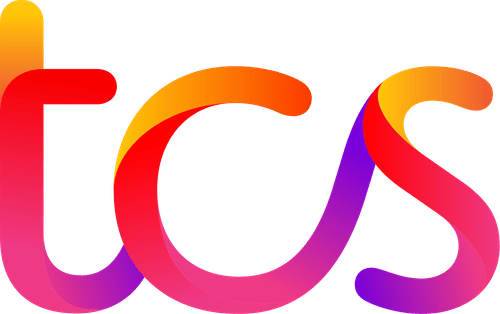Designed and taught by FAANG+ Data Scientists to help you land your dream job in FAANG+ and Tier-1 companies. In a span of 15 weeks, we will cover everything you need to learn to nail your next Data Science interview.
Covering data structures, algorithms, interview-relevant topics, and career coaching
Technical coaching, homework assistance, solutions discussion, and individual sessions
Live interview practice in real-life simulated environments with FAANG and top-tier interviewers
Constructive, structured, and actionable insights for improved interview performance
Resume building, LinkedIn profile optimization, personal branding, and live behavioral workshops
If you do well in our course but still don't land a domain-relevant job within the post-program support period, we'll refund 50% of the tuition you paid for the course.*
1
2
3
4
5
1
2
3
4
5
6
7
8
9
1
2
3
1
2
3
4





1
2
3
4
5
1
2
3
1
2
3
4
5
Wondering how to list these skills on your resume? Read How to Create an Impressive Data Scientist Resume.
What does a Data Scientist do?
Is IK’s Data Science Interview Course just for professionals working as Data Scientists in non-FAANG+ companies?
Why is system design not covered in IK’s Data Science Interview Course?
What skills are required to become a Data Scientist?
What qualifications are required to become a Data Scientist?
I am working as a Business Intelligence Analyst. Can this course help me to target roles such as Data Scientist?

The 11 Neural “Power Patterns” For Solving Any FAANG Interview Problem 12.5X Faster Than 99.8% OF Applicants
The 2 “Magic Questions” That Reveal Whether You’re Good Enough To Receive A Lucrative Big Tech Offer
The “Instant Income Multiplier” That 2-3X’s Your Current Tech Salary

The 11 Neural “Power Patterns” For Solving Any FAANG Interview Problem 12.5X Faster Than 99.8% OF Applicants
The 2 “Magic Questions” That Reveal Whether You’re Good Enough To Receive A Lucrative Big Tech Offer
The “Instant Income Multiplier” That 2-3X’s Your Current Tech Salary
Just drop your name and email so we can send your Power Patterns PDF straight to your inbox. No Spam!
By sharing your contact details, you agree to our privacy policy.
Time Zone: Asia/Dhaka

We’ve sent the Power Patterns PDF to your inbox — it should arrive in the next 30 seconds.
📩 Can’t find it? Check your promotions or spam folder — and mark us as safe so you don’t miss future insights.
We’re hosting a private session where FAANG insiders walk through how they actually use these Power Patterns to crack interviews — and what sets top performers apart.
🎯 If you liked the PDF, you’ll love what we’re sharing next.
Time Zone: